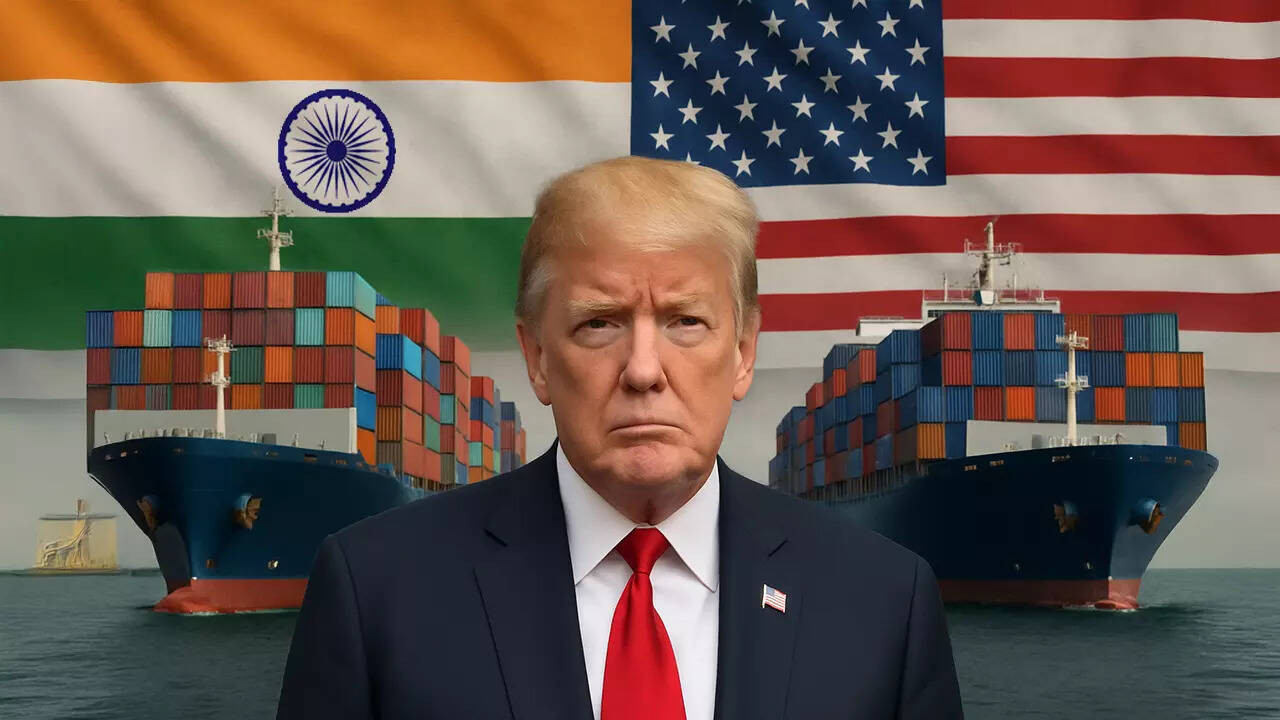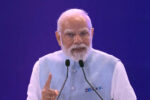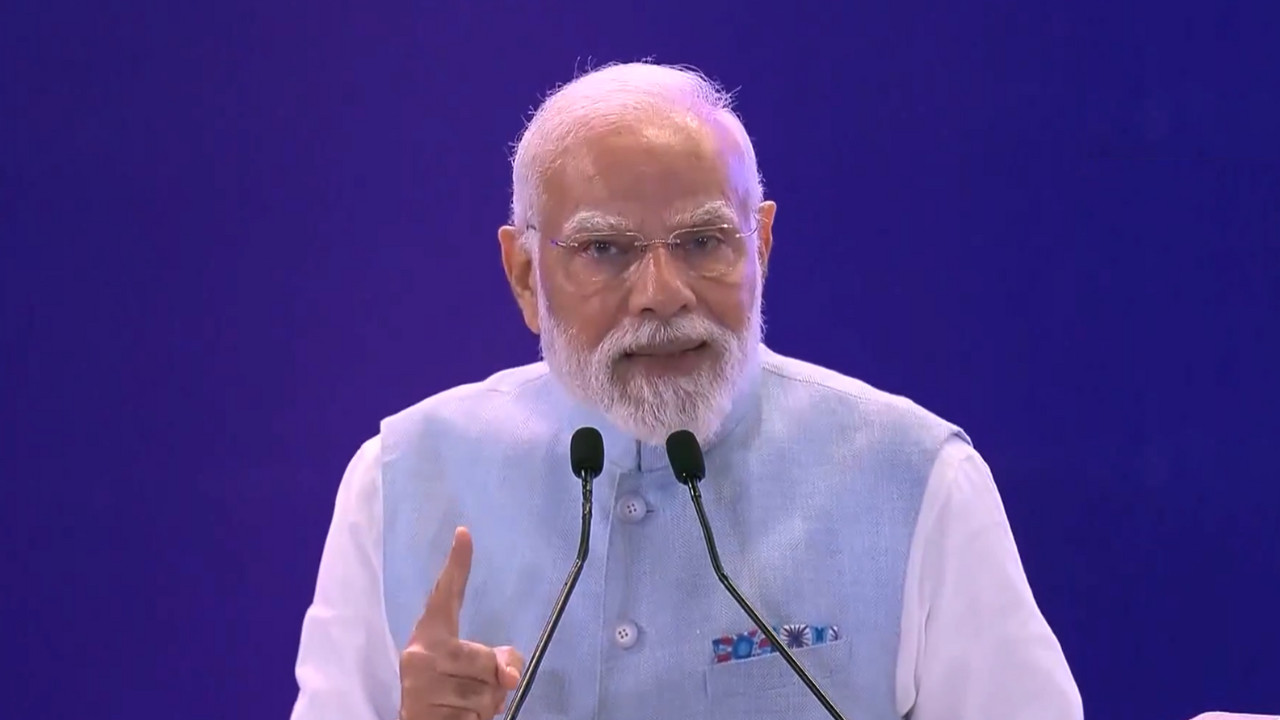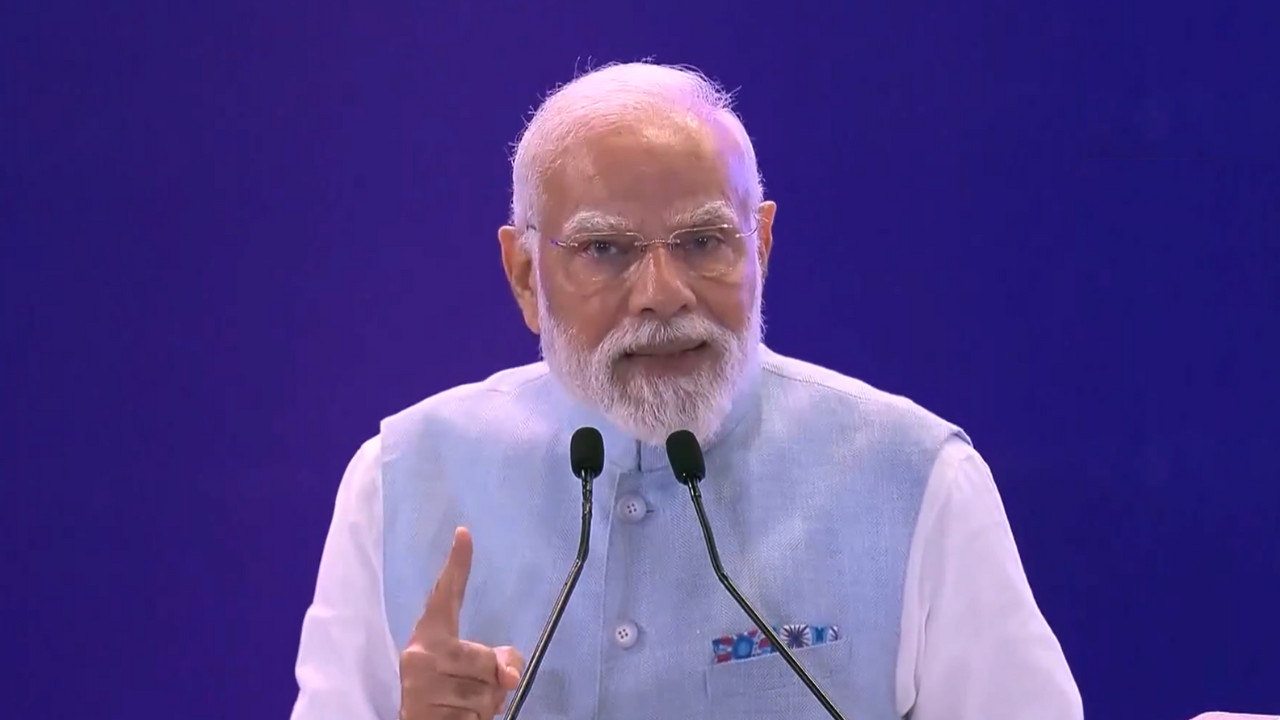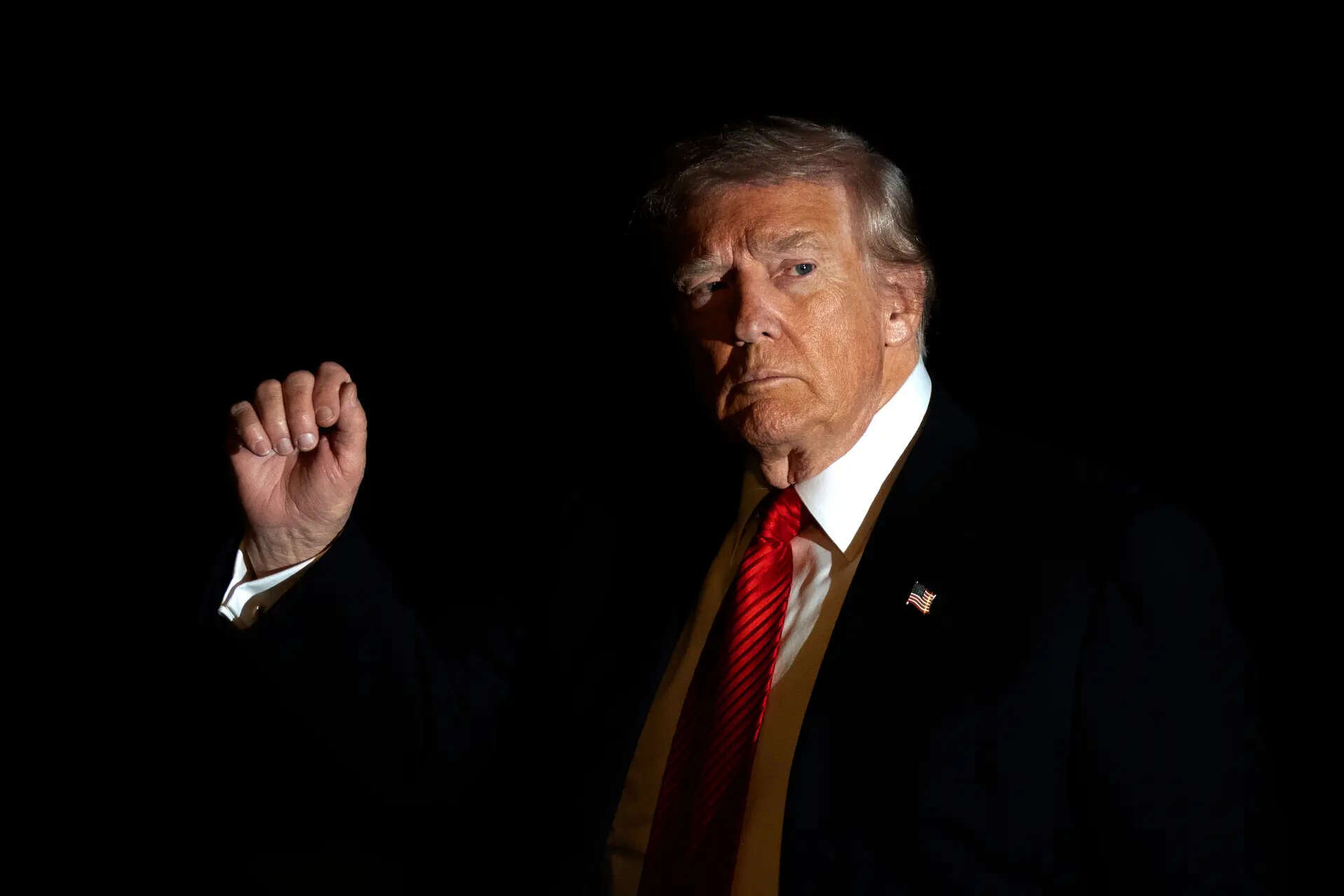The Indian government’s Export Promotion Mission, aimed at protecting exporters from global trade shocks, is nearing Union Cabinet approval after inter-ministerial consultations. Announced in the Union Budget, the scheme proposes roughly Rs 25,000 crore in support measures for exporters over six financial years (2025-2031). This initiative could buffer Indian exporters against uncertainties like the recent US tariff hike.
India’s Export Push: Can a Tariff Shield Spark Global Growth?
India’s ambitious export goals are getting a shot in the arm. The government is reportedly considering a multi-pronged strategy, a combination punch aimed at boosting Indian competitiveness on the global stage. The centerpiece? A potential tariff equalization plan that could significantly impact several key sectors. But is this the game-changer Indian exporters have been waiting for, or just another piece in a complex puzzle?
For years, Indian businesses have grappled with a disadvantage: the “tariff disadvantage.” Many nations, particularly those with Free Trade Agreements (FTAs) with major importing countries like the US and EU, enjoy lower tariffs on their exports. This gives them a leg up, making their goods more attractive (read: cheaper) to buyers. Imagine two similar products vying for shelf space in a US store. If the Vietnamese-made product has a significantly lower import duty than the Indian one, the choice for the buyer becomes pretty straightforward, especially in price-sensitive markets.
The proposed tariff shield seeks to level that playing field. The idea is to reimburse Indian exporters for the tariffs they incur on certain exports. A package to this effect, reportedly worth around ₹25,000 crore, is making its way through the bureaucratic corridors towards Cabinet approval. While the precise details remain under wraps, sources suggest the scheme will focus on sectors where India has the potential to truly shine, including engineering goods, pharmaceuticals, and textiles.
This isn’t just about offsetting existing tariffs; it’s about proactively promoting exports. Think of it as giving Indian exporters a competitive edge, allowing them to price their products more aggressively and capture a larger share of the global market. The hope is that this initiative will not only bolster existing export streams but also incentivize businesses to explore new markets and product categories.

The implications of this tariff shield extend beyond individual businesses. A thriving export sector translates to increased foreign exchange earnings, job creation, and overall economic growth. Increased global competitiveness will encourage innovation and efficiency within Indian industries. Facing tougher competition, businesses will be driven to improve their products, streamline their processes, and invest in research and development. This could lead to a virtuous cycle of growth, making Indian exports even more attractive in the long run.
But implementing such a scheme is fraught with challenges. Accurate and efficient reimbursement mechanisms will be crucial. Red tape and bureaucratic delays could negate the benefits, frustrating exporters and undermining the program’s effectiveness. Also, which sectors will benefit from the tariff equalization? A carefully chosen list, driven by data and a long-term strategic vision, is essential. Improperly targeted measures will dissipate the impact and potentially create unintended distortions in the market.
Beyond the proposed tariff measures, the government is also reportedly exploring other export promotion strategies, including financial support and marketing assistance. This multifaceted approach recognizes that boosting exports requires more than just addressing tariff disadvantages. It requires a holistic strategy that considers infrastructure, logistics, regulatory hurdles, and access to finance. Think of it like tending a garden – you need to do more than just water the plants; you need to fertilize the soil, weed out the competition, and provide the right amount of sunlight.
The move aligns with the government’s larger ambition to significantly increase India’s share of global trade. To achieve this, a multi-pronged approach is essential, one that combines strategic policy interventions, infrastructure investments, and proactive export promotion efforts. Consider exploring how India’s recent infrastructure investments in ports are contributing to export efficiency.
Ultimately, the success of the tariff shield and other export promotion initiatives will depend on effective implementation and a collaborative effort between the government and the private sector. If done right, it could be a pivotal moment, unlocking India’s export potential and solidifying its position as a major player in the global economy. The world will be watching to see if this bold step can truly transform India’s export landscape.
*
slug: india-export-tariff-shield
